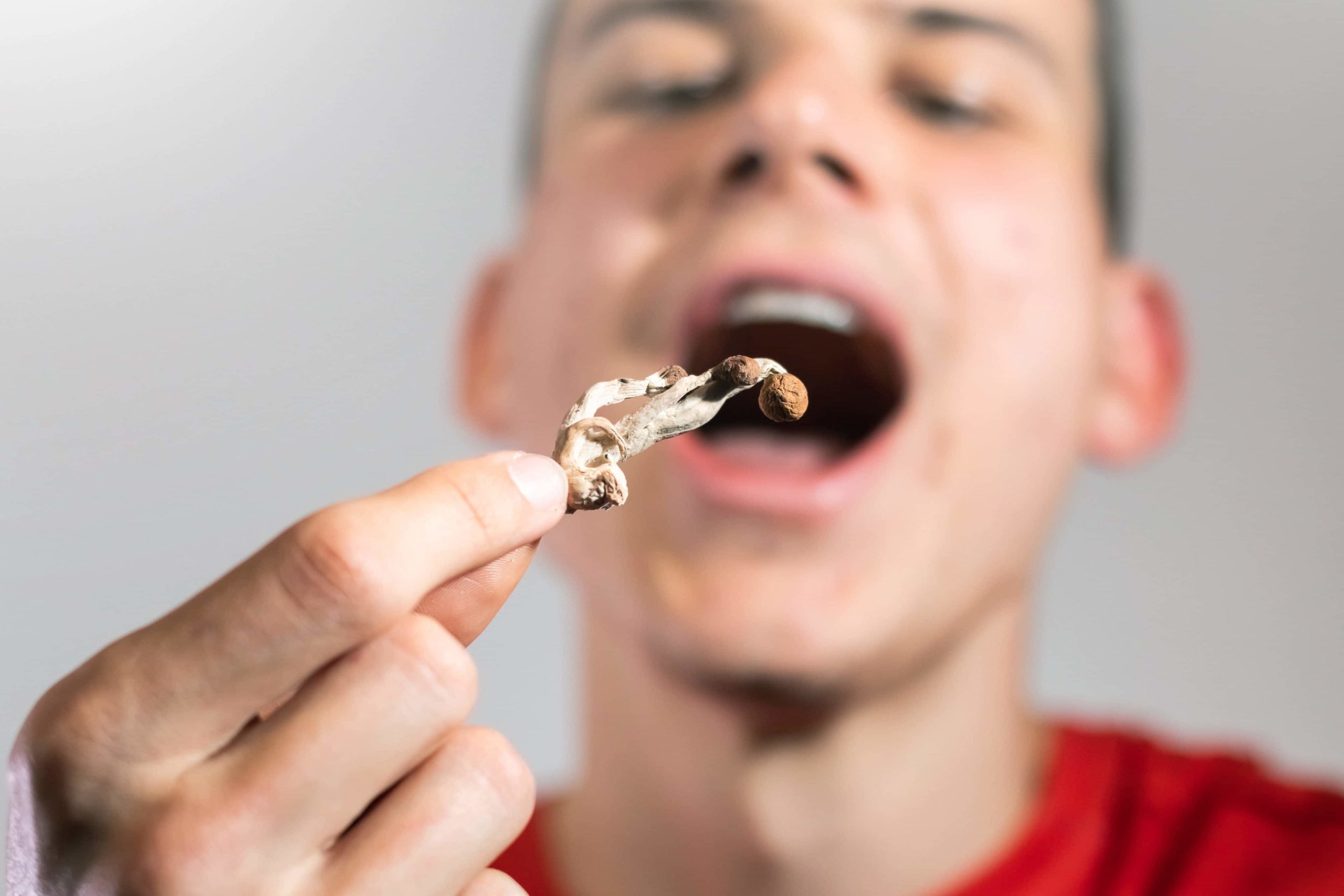
Few subjective differences between LSD and psilocybin trips, study results
A new study published in the journal Neuropsychopharmacology provides results from one of the first modern clinical investigations of its kind, comparing the effects of the psychedelics lysergic acid diethylamide (LSD) and psilocybin. The researchers recorded few qualitative subjective differences between the two drugs because subjects had difficulty distinguishing them.
While LSD is much more potent than psilocybin and other psychedelic compounds at lower doses, comparable common doses of the two drugs produced similar effects, as participants had trouble distinguishing the two. They also weren’t able to easily distinguish between medium and higher doses.
The only thing the participants could actually tell well was which sample was the placebo.
The study was led by Matthias Liechti from the University of Basel. The researchers observed 28 healthy participants — and about half of the participants had never used a psychedelic drug before.
The effects of psilocybin typically last 4-6 hours when taken orally, while the effects of LSD extend up to 12 hours or more. Before looking at the data, the researchers assumed that since LSD is known to last much longer, participants could separate the two drug experiences fairly easily, but that just wasn’t the case.
study methods
Each subject completed five different testing sessions using two doses of each drug and a placebo. Subjects were given 100 and 200 µg (micrograms) of LSD or 15 and 30 mg (milligrams) of psilocybin. Similar research has observed the effects of using similar doses of LSD. Sessions were double-blind, randomized, and each sample was separated by 10 days or more—presumably to isolate experiences.
A range of physiological and subjective parameters were observed to track the effects of each psychedelic experience. The researchers also monitored blood pressure, heart rate, body temperature, and cortisol and oxytocin. Levels of a molecule called brain-derived neurotrophic factor (BDNF) have also been observed, as previous research suggests it could be a potent marker of neurogenesis.
“Subjective effects elicited by both LSD doses and the high 30 mg dose of psilocybin were broadly comparable, while 15 mg psilocybin produced significantly weaker effects,” the researchers write in the study. “Ratings of the high 30 mg psilocybin dose were nominally between the 100 and 200 mcg doses of LSD, indicating that 30 mg psilocybin is equivalent to 150 mcg LSD base, a dose not found here has been tested.”
Common doses of psilocybin and LSD seemed to affect blood pressure, heart rate, etc. in relatively similar ways. “Combining increases in heart rate and blood pressure in the rate-pressure product, the high dose of psilocybin (30 mg) and both doses of LSD (100 and 200 µg) exerted similar overall cardiovascular stimulation, while the 15- mg dose of psilocybin produced weaker effects overall,” the researchers wrote.
The study reported very effective blinding – meaning very few subjects correctly chose which drug and dose they were given, apart from when they were given a placebo.
“In general, both the low and high doses were more likely to be confused with each other than the high dose being confused solely with the low dose,” the researchers said. “Interestingly, this was still the case at the end of the study, despite the marked differences in duration of action between LSD and psilocybin, which might be expected to debunk the blinding between the substances.”
The researchers found that the altered states induced by 20 mg of psilocybin are comparable to the effects of 100 mcg of LSD. “The 20 mg dose of psilocybin is probably equivalent to the 100 µg dose of LSD base,” the researchers concluded. “We found no evidence of qualitative differences in altered states of consciousness induced by either LSD or psilocybin, other than that the duration of action was shorter for psilocybin.”
Early LSD and Psilocybin Research
Basel happens to be the home of researcher Albert Hofmann’s infamous first intentional LSD trip. April 19, 1943 is still celebrated as “Bicycle Day” in honor of Hofmann’s bike ride on LSD—the first time anyone intentionally stumbled on LSD.
Most people are drawn to psilocybin because it feels more natural. But LSD is synthesized prior to processing from the ergot fungus, known for both its psychedelic and dangerously toxic effects.
New Atlas reports that pharmacologist Harris Isbell made similar observations of LSD versus psilocybin nearly 70 years ago — but his practices were grossly unethical. The work was reportedly being carried out on behalf of the CIA and allegedly involved prisoners of conscience in prison for drug offenses.

Post a comment: